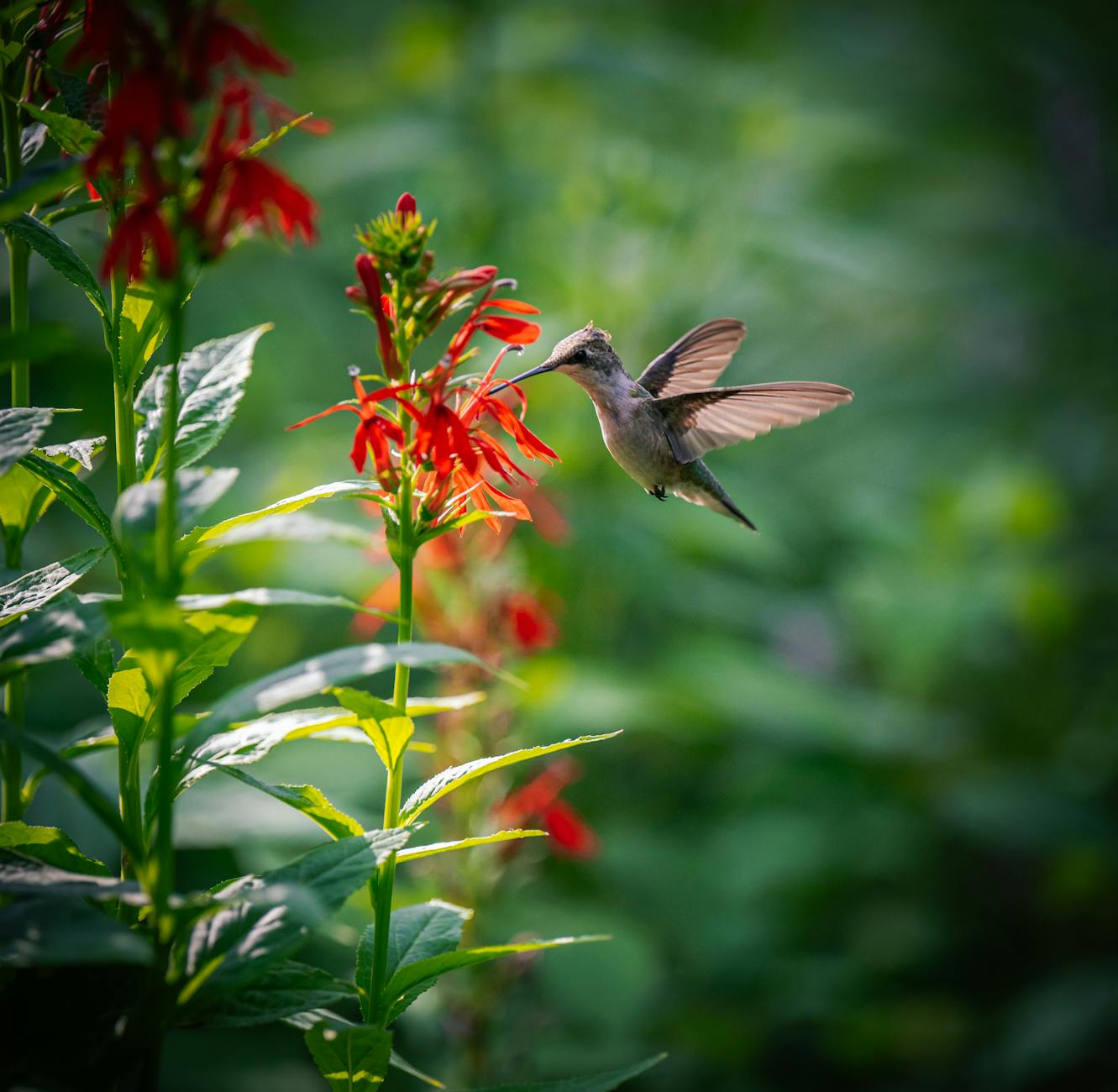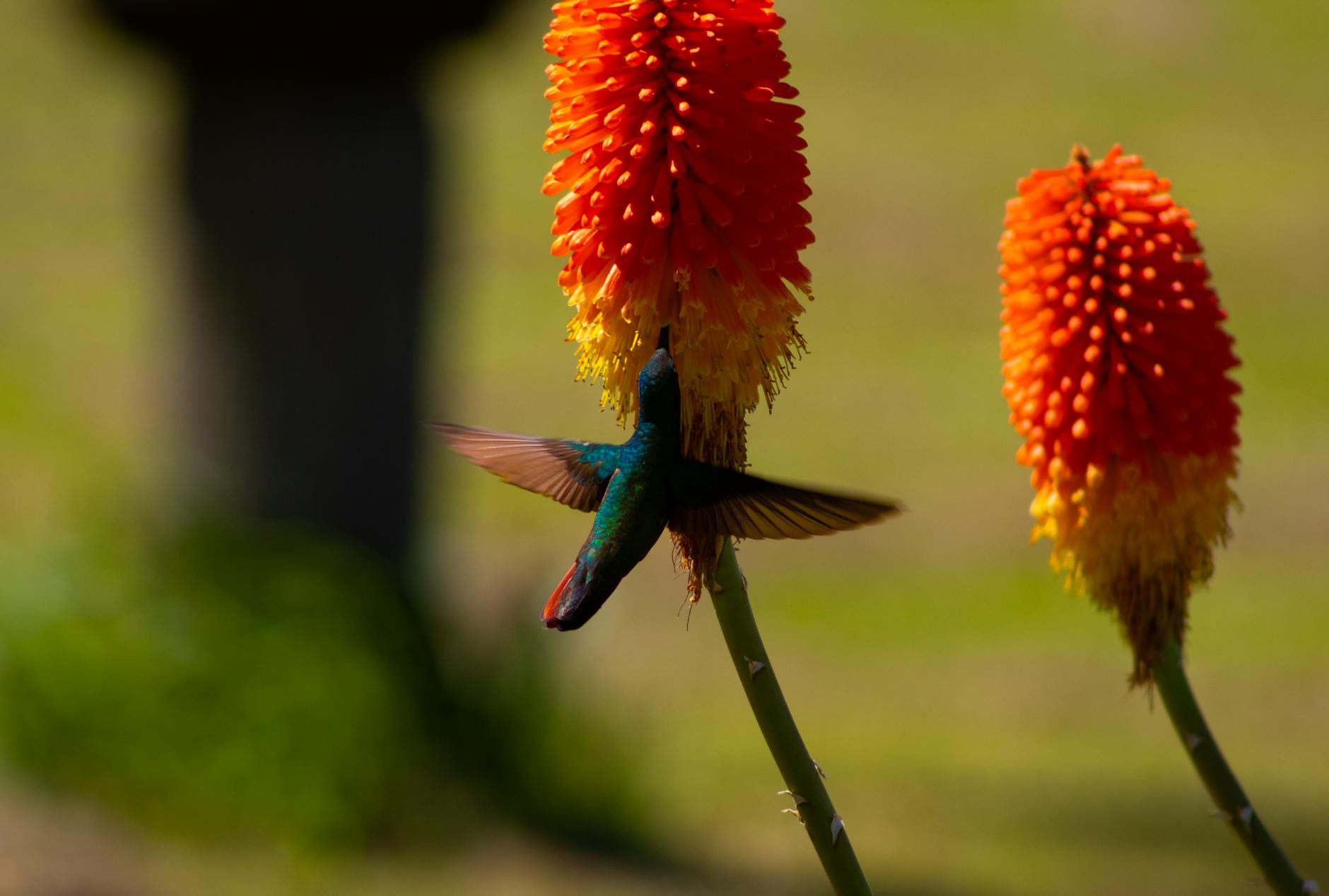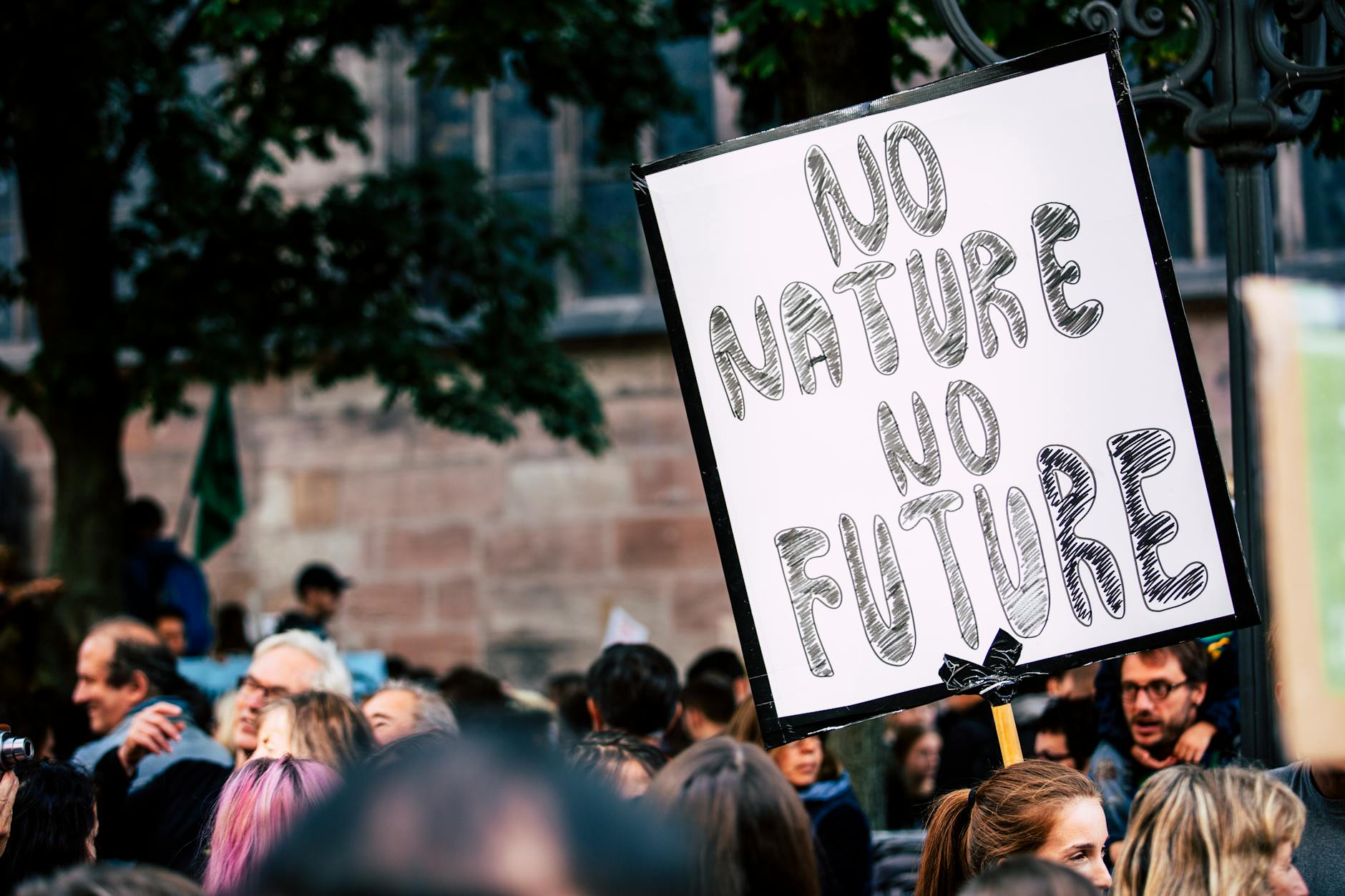The Importance of Hummingbirds in Ecosystems: Why They Matter
Hummingbirds might be tiny, but their impact on ecosystems is substantial. These vibrant creatures play a key role in pollination, helping plants thrive and reproduce. Without them, many flowers would struggle to survive.
In this post, we’ll explore why hummingbirds are vital to our environment. You’ll learn about their unique adaptation to pollination, their preferences for specific plants, and how they contribute to global biodiversity. Understanding their role can deepen our appreciation for these remarkable birds and highlight the importance of protecting their habitats. Let’s discover why every flutter matters in the grand scheme of nature.
The Pollination Role of Hummingbirds
Hummingbirds are not just beautiful creatures; they serve a critical role in the pollination of countless plant species. Their unique adaptations allow them to thrive on nectar, making them effective pollinators in various ecosystems. This section explores how hummingbirds have evolved to fit the needs of specific flowers and how these relationships are vital for plant reproduction.
Adaptation to Floral Characteristics
Hummingbirds are specially adapted to pollinate certain flowers due to several unique traits. Their elongated bills and specialised tongues allow them to reach deep into flower tubes to access nectar. This design is not just a coincidence; it mirrors the structure of flowers that prefer hummingbird pollination.
Many flowers that attract hummingbirds display bright colours, especially red, pink, and orange. These colours signal to the birds that food is available. Additionally, flowers often have a tubular shape that aligns perfectly with the hummingbird’s bill, making it easy for them to feed while inadvertently transferring pollen from one bloom to another. This symbiotic interaction is a dazzling example of evolution at work, ensuring both species benefit.
- Billing Nature: Long bills facilitate reaching nectar.
- Colour Attraction: Bright hues signal food sources.
- Shape Compatibility: Tubular flowers match the birds’ feeding style.
This evolutionary adaptation not only supports hummingbirds’ dietary needs but is crucial for flower reproduction, contributing to ecosystem health and plant diversity. For more on their incredible adaptations, you can check out this National Park Service article.
Dependence of Plants on Hummingbirds
The relationship between plants and hummingbirds is strikingly interdependent. Many plants rely on these birds for effective pollination. In fact, about 8,000 plant species in North and South America depend on hummingbirds for their reproductive processes.
Plants such as trumpet vines, bee balm, and even certain varieties of sage have developed characteristics specifically to attract hummingbirds. These plants not only produce nectar but also have evolved to have blooms that align perfectly with the feeding habits of these birds.
Some notable examples include:
- Red Hot Poker (Kniphofia): Its tubular flowers attract hummingbirds and provide ample nectar.
- Salvia: Known for vivid colours, it is a favourite among hummingbirds.
- Fuchsia: Offers a rich source of nectar with a flower shape ideal for hummingbirds.
Through their feeding habits, hummingbirds carry pollen from one bloom to another, enabling plants to reproduce. Without these birds, many flowers would struggle to survive, highlighting the critical nature of this biological partnership. For further insights into which plants thrive with hummingbird pollination, take a look at this Audubon article.

Photo by Chris F
Impact on Biodiversity
Hummingbirds are small creatures with a big role in maintaining biodiversity. Their presence in ecosystems influences the balance of plant and animal life. Each species of hummingbird has adapted to specific environmental conditions and the plants they pollinate. Removing them from these ecosystems could make significant differences in plant reproduction and the animals that rely on those plants.
Supporting Diverse Ecosystems
Hummingbirds contribute to the health of ecosystems in several ways. By pollinating a variety of flowering plants, they support the growth of many species. When they feed on nectar, they transfer pollen from one plant to another, promoting genetic diversity. This process helps plants produce varied seeds, which can lead to more resilient populations that can withstand changes in the environment.
Moreover, the relationships hummingbirds have with plants create a ripple effect. Plants that are pollinated effectively by hummingbirds tend to grow better and produce more offspring. This improved growth benefits whole communities, including insects that rely on those plants for food. Various species—ranging from insects to larger animals—benefit from the availability of these plants, enhancing overall biodiversity.
Some key ways hummingbirds support diverse ecosystems include:
- Pollination: Essential for the reproduction of many plant species.
- Nectar Sources: Provide food not just for hummingbirds, but also for other species like bees and butterflies.
- Plant Health: By promoting strong plant populations, they help maintain habitats for various wildlife.
For more insight into how hummingbirds affect biodiversity, check this One Earth article.
The Food Web Dynamics
Hummingbirds play an intricate role in the food web. They are primarily nectarivores, consuming flower nectar as their main energy source. However, they also consume insects and spider silk, which provide essential proteins for growth and reproduction. This dual diet places them as both pollinators and prey within their ecosystems.
Their position in the food web means that various predators rely on them as a food source. Birds of prey, small mammals, and even some reptiles may hunt hummingbirds, showcasing their importance as a food source in the ecological balance. In turn, the health of hummingbird populations can reflect the overall health of their habitats.
Hummingbirds contribute to the food web in ways such as:
- Energy Transfer: Through their consumption of plants and insects, hummingbirds help transfer energy up the food chain.
- Pollinator Positioning: They enable plants to produce seeds that provide food for numerous other species.
- Indicator Species: Changes in their populations can indicate environmental shifts affecting the entire ecosystem.
To learn more about the role of hummingbirds in food webs, explore this Pollinator Quest resource.

Photo by Vinicius “Braza” Bohrer
Hummingbirds and Climate Change
Climate change isn’t just a buzzing topic; it poses real threats to hummingbirds and their vital roles in ecosystems. As temperatures rise and weather patterns shift, these small birds face challenges that could affect their habitats and food sources. The ecological balance they help maintain is at risk, proving their plight is more than just a passing concern.
Shifts in Habitat and Availability of Resources
Hummingbirds rely on specific environments for nectar-rich flowers to thrive. With climate change, these habitats are shifting rapidly. Warmer temperatures can lead to changes in plant blooming patterns, causing mismatches between when flowers bloom and when hummingbirds migrate. As a result, hummingbirds may find it harder to find food, jeopardising their survival.
Additionally, regions previously rich in nectar-producing plants may no longer support these species. Research indicates that some hummingbirds could lose up to 90% of their breeding range by 2080 due to climate-related changes. This loss impacts not only the birds but also the broader ecosystems that depend on them for pollination. The interconnected relationships between plants and hummingbirds face disruption, leading to potential declines in biodiversity.
Recent studies show that climate change affects nectar production, making blooms less abundant or less nutritious. If hummingbirds cannot adapt to these shifts, the consequences will ripple throughout the ecosystems they support. For more on how climate change impacts hummingbirds, check this Audubon article.

Photo by Markus Spiske
Conservation Efforts and Their Importance
Protecting hummingbirds requires active conservation efforts. Various organisations work to raise awareness and implement strategies to preserve their habitats. Conservation initiatives are crucial for ensuring these remarkable birds continue to thrive despite environmental pressures.
- Plant Native Species: Supporting local biodiversity begins with planting native nectar-rich plants. This creates safe spaces for hummingbirds and other pollinators.
- Minimise Pesticides: Reducing pesticide use in gardens helps protect both hummingbirds and the insects they rely on for additional nutrition.
- Community Engagement: Mobilising communities to participate in citizen science can enhance understanding and conservation of hummingbird populations. Local initiatives encourage residents to monitor bird activity and share findings.
Throughout this battle for their survival, organisations like the International Hummingbird Society and the Hummingbird Monitoring Network actively support conservation projects aimed at protecting these birds. For further details about conservation initiatives, visit the Hummingbird Society and Hummingbird Monitoring Network.
Hummingbirds are more than just lovely sights; they are essential players in our ecosystems. It is our responsibility to protect their habitats and ensure they continue to flourish.
Cultural Significance of Hummingbirds
Hummingbirds are not just beautiful creatures; they carry deep cultural meanings across various societies. From folklore to art, these birds are celebrated for their unique characteristics and the joy they bring. They often represent qualities such as resilience, love, and beauty, making them significant in many cultural narratives.
Hummingbirds in Folklore and Art
In folklore, hummingbirds appear frequently, symbolising various ideals and beliefs. Many Native American tribes view these birds as messengers, believed to carry healing powers. The Taino people link hummingbirds to the spread of life and joy, viewing them as peace symbols. In Mexican culture, hummingbirds are associated with strength and joy, often depicted as symbols of warriors. The Aztecs even regarded them as emblems of their main god due to their remarkable attributes.
Artistic representations of hummingbirds highlight their beauty and vibrant colours. These depictions often capture the bird in motion, reflecting its lively nature and the joy it brings to the environment. Artists use hummingbirds to symbolise freedom and the simple pleasures of life. Their presence in art and folklore reminds us of their enchanting role in our world. For more on this topic, check out Hummingbirds in Folklore and Legend and discover deeper connections in cultural narratives through Native Art Symbols.
Symbolism of Resilience and Joy
Hummingbirds embody resilience and joy, often seen as symbols of hope. Their ability to hover and move swiftly through the air represents freedom and adaptability. These birds teach us to embrace life’s challenges with grace and determination. They remind us that joy can be found in the smallest moments, inspiring us to live in the present.
Many cultures link hummingbirds to love and affection. Their delightful presence in gardens often brings a sense of peace and happiness. The vibrant colours of hummingbirds serve as a visual representation of life’s beauty. They remind us to appreciate the fleeting, joyous moments. For more insights into the symbolism behind hummingbirds, explore Hummingbird Spiritual Meaning and what they represent in spiritual contexts at Birds and Blooms.
Conclusion
Hummingbirds are essential to maintaining the balance of our ecosystems. Their unique adaptations enable them to pollinate plants, which supports biodiversity and keeps ecosystems thriving. This relationship is not just beneficial; it is vital for the survival of many plant species and, consequently, the animals that depend on them.
As we recognise their importance, it’s crucial to take action. Everyone can help by planting native nectar-rich plants and reducing pesticide use. Consider becoming involved in local conservation efforts to protect these remarkable birds and their habitats.
Reflect on this: how might our world change if we lost the hummingbirds? Keeping these incredible creatures safe benefits us all, reinforcing the interconnectedness of life. Thank you for joining this exploration of their vital role!










